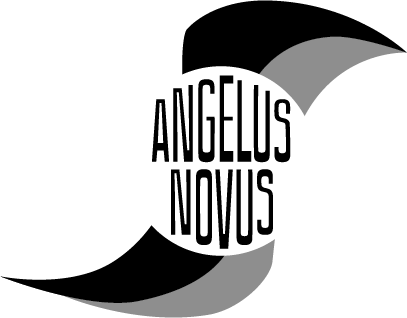
Time, Space, Existence Exhibition
Architectural Biennale 2023
Palazzo Mora, Venice, Italy
May 20 to November 26, 2023
- Free to the Public -

Angelus Novus Project wins Innovation Award at the Venice Biennale
The Angelus Novus Project, a collaboration of Princeton’s Form-Finding Lab, UCHV’s Research Film Studio and the architecture firm SOM, has won the European Cultural Centre’s University Innovation Award. A total of 217 projects were presented at the Centre during the Architecture Biennale, which runs from April to November, involving talents from over 52 countries.
Since 2010 this prize is awarded by the European Cultural Centre and named the ECC Award. The ECC will give this Award each year to an artist, architect, designer who is dedicated to his or her concept over a longer period of time and whereby this concept and the execution thereof is in our opinion of significant meaning. The ECC has also established an Award for Institutions which do their utmost best to promote the research and work achieved by their students.
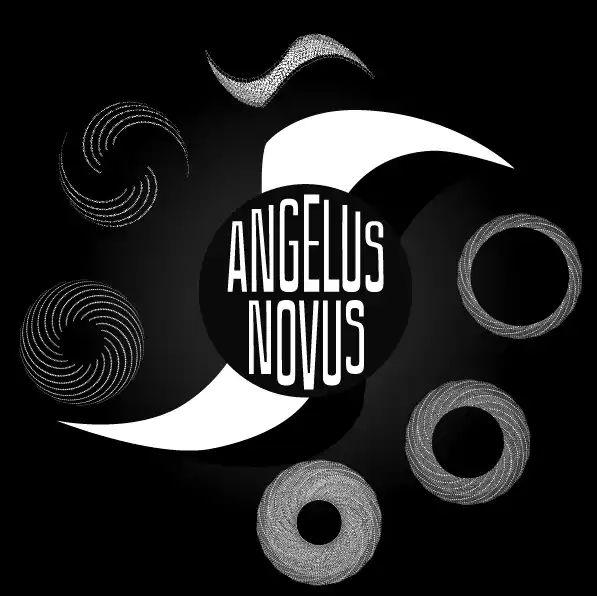
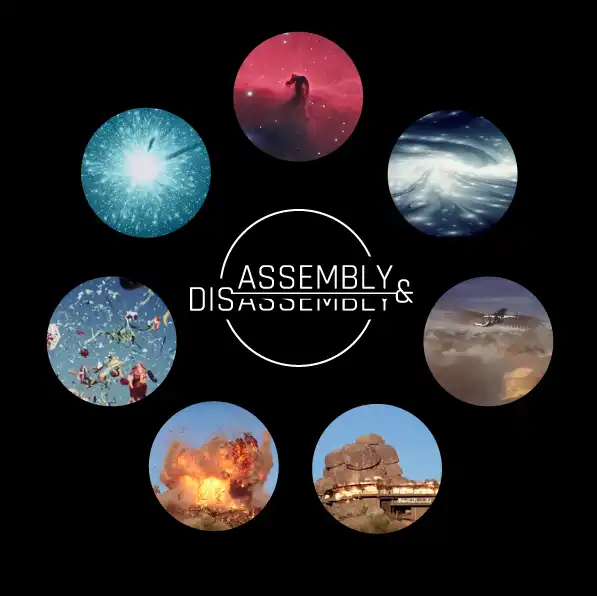
Inspired by Brunelleschi’s dome of the Santa Maria del Fiore and Klee’s artwork Angelus Novus, the Form Finding Lab and the UCHV Research Film Studio of Princeton University, together with architects and engineers at Skidmore, Owings & Merrill (SOM), present an exhibition that explores new possibilities for the self-balancing vault—a construction method that has enabled centuries of architectural innovation. In the garden of Palazzo Mora, the Angelus Novus Collaborative displays a self-balancing masonry vault constructed using augmented reality (AR), and a digital film-fresco that is viewable in two ways: on an LED panel, and on the vault itself via an interactive AR application.
In self-balancing vault construction, the balancing emerges from the local interactions between the bricks without any external support, even during the process of assembly. This invention was prompted by the 1418 architectural competition that stipulated that the vaulting of the main dome of the Florence Cathedral should have no supporting buttresses. Brunelleschi, the winner of the contest, went even further: his engineering solution eliminated the need for the expensive, temporary external supports traditionally used in masonry construction during the settling of the mortar.
Beyond a practical solution for sustainable and safe construction, Brunelleschi invents a new natural order of balance in a curved grid. The dome assembled this way not only adapts to gravity but conquers it by implying its architectonic opposite: lightness. It is an engineering feat with no fixed blueprint, yet the Angelus Novus project manages to capture it in form of mechanics-based algorithms. When these algorithms are animated by AR technology, the visualization can guide today’s masons in efficient material use and the reduction of waste. Constructed by hand using an AR interface to guide the placement of each brick, the vault structure at Palazzo Mora shows the potential of combined human and machine intelligence. Similarly, Klee’s painting, in which Angelus Novus is depicted by the overlapping contours of a human, a bird and an airplane, imagines human invention flying on the wings of mimesis and technology.
Both Brunelleschi and Klee break with the classical object-oriented conception of space bound by a fixed, single-point perspective. They both teach us how to think outside the box in a curved grid. Brunelleschi’s vernacular engineering solution anticipated the design revolution of the early twentieth century, in which the conventional difference between architecture and structural engineering is dissolved; the clarity of a tight, minimalist economy of structural relations informs the engineering performance of a self-balancing choreography at the intersection of architecture, engineering and art. Thus, art becomes architectonic, while engineering becomes art.
One of the multiple functions of architectural structures, from caves to cupolas, is to communicate ideas persuasively to the public. The film-fresco entitled “Assembly & Disassembly” visualizes the analogy between architecture and the architectonic language of the universe, transforming NASA images and arthouse film clips. The film-fresco is also mapped onto the bricks of the vault so that the same interactive AR technology that was used to aid the masons in construction can guide the visitors’ imagination in the virtual construction of a full dome.
Angelus Novus Vault
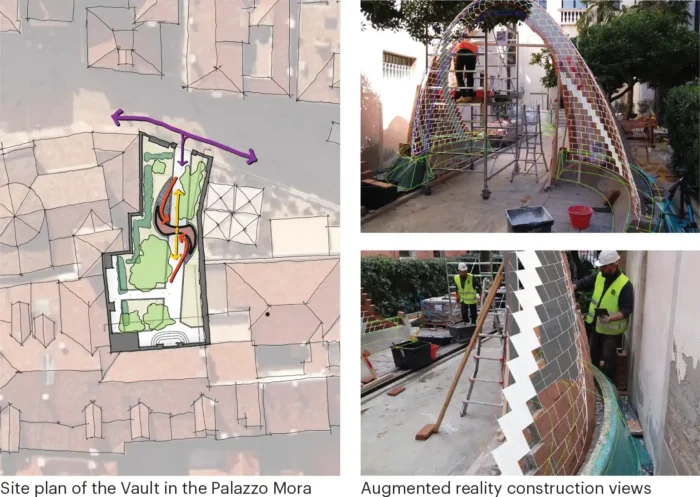
Embracing the Garden of the Palazzo Mora
The design is inspired by the different ways a visitor would experience the vault as they are entering, exiting, or passing by the Palazzo.
The fluid, doubly curved form establishes the entry and exit sequence on either side of the passageway.
The Practice of Self-Balancing
The magnificent Italian Renaissance dome of the Cathedral of the Santa Maria del Fiore by Filippo Brunelleschi and 11th-century Venetian domes may have been built using self-balancing mechanics without propping and falsework.
These self-balancing structures are constructed such that horizontally placed bricks interlock with vertically oriented herringbone bricks anchored in the underlying rows. Herringbone bricks, marked by a lighter color in the Angelus Novus vault, are strategically positioned to ensure the stabilty of the structure. Innovative self-balancing mechanics can lead to substantial reductions in construction waste.


Augmenting the Master Builder
The Angelus Novus master builders viewed the digital model of the vault in real time during the construction process, utilizing Augmented Reality (AR) headsets. The AR overlaid threedimensional visuals onto the physical vault at the Palazzo Mora site, guiding the construction.
This novel analog-digital approach to masonry vault-assembly eliminates time inefficiencies due to reading construction drawings and assembling on site guide work. The mechanics-based, datadriven digital models enhance the craft of masonry, creating an active relationship between the ancient material and the accelerating speed of our technological present.
Assembly & Disassembly
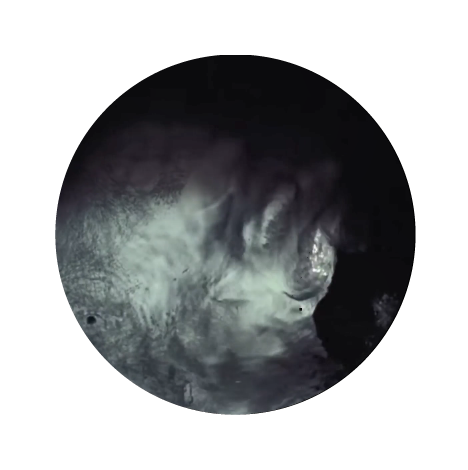
Before Time and Space
This sequence presents the early universe before extended causal regions of Time and Space were created in the Big Bang. The timeless, spaceless, and unobservable universe is visualized according to the research ideas of Princeton physicist Chris Tully, using a slightly transformed long take from Tarkovsky’s Stalker (1979).
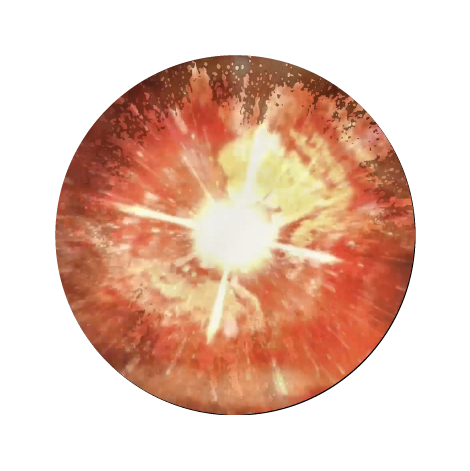
Big Bang
The singular event of the original “disassembly” produced Matter and Light, and expanded causally connected Time and Space – the very conditions of architectonic assembly.
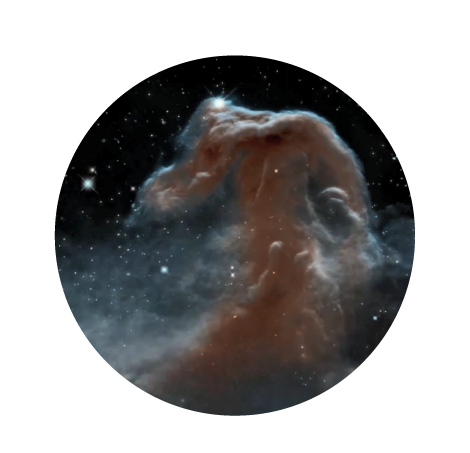
Cosmic Architectonics
Telescopic images of NASA and quotations from Stanley Kubrick’s 2001: A Space Odyssey (1968) are transformed into a sequence of time travel from the Big Bang through the early architectonics of filaments and the birth of gravitating clusters of matter to the assembly of the planetary system in the late universe. Cosmic assembly continues to coincide with disassembly: explosions and high impact collisions are productive of matter and of the renewal of conditions of architectonic assembly.

The Hubris of Architecture
Architecture was held up by Hegel as proof for the supremacy of Western civilization on account of its spectacular achievements in constructing seemingly permanent stability. The delusional, albeit heroic pursuit of conquering gravity through the aggressive entrenchment of a rigid balance, however, makes the toppling of these structures inevitable. Michelangelo Antonioni’s emblem for architectural hubris in his Zabriskie Point (1970) is a modernist villa appropriating indigenous cultures, scarce natural resources, and a prehistoric landscape assembled fifty million years ago.

Hot Disassembly
Antonioni’s vision of the disassembly of Western civilization is not a prophecy of our future, rather an acute analysis of our present. Consumer goods cluttering Western life are experienced as interminable spectacular explosions of rubble.

Vitruvian Child
The choreography of the fluid architectonics with kids leaping over the rooftops of the LA projects in Watts is developed from an image of Charles Burnett’s Killer of Sheep (1978). A non-delusional conquest of gravity is possible by a transient act of balancing that uses the ground not for the entrenchment of a rigid equilibrium but for take-off, touch-down, and the levity of the curved flight in between. The Vitruvian Child is the cinematic counterpart of Leonardo’s Vitruvian Man. The leaping child escapes the classic orthogonal box of the fixed single point perspective.
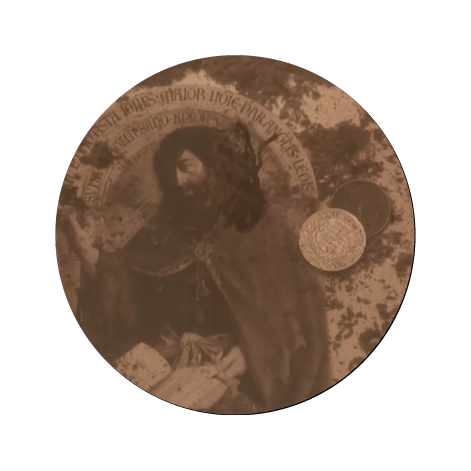
Cold Disassembly
In contrast with Antonioni’s vision of a spectacular disassembly of Western civilization, the Eastern European Andrei Tarkovsky’s cinematic representation of the present predicament of human civilization in Stalker is a calm disassembly submerged under water. The sequences are looped with no end or beginning.
Plato's cave

Standing under the center of the Angelus Novus Vault in the garden of Palazzo Mora in Venice while holding up a mobile device equipped with the Plato’s Cave App, one can see the inside of Brunelleschi’s dome of the Santa Maria del Fiore. The inside of the augmented reality dome is “painted” with the animated mashup of the original Vasari fresco depicting The Last Judgement and Kiss’s Assembly/Disassembly. The augmented reality experience via the Plato’s Cave App reveals the coincidence of the self-balancing architectonics in Brunelleschi’s curved space engineering, in Vasari’s vision of Dante’s non-Euclidean, spherical cosmology and in the perfect moral balance of The Last Judgement.



